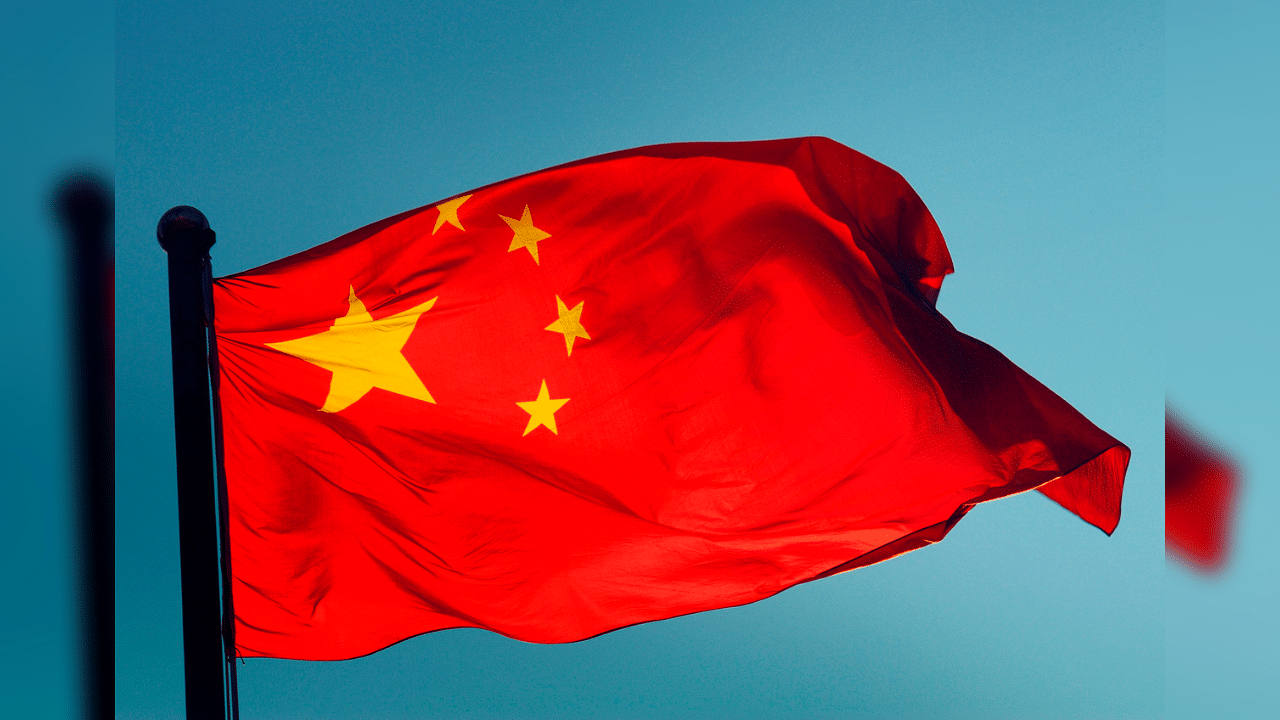Delivering his address to the troops at the Army Day Parade on January 15, Gen M M Naravane warned China “not to test India’s patience”. The army chief was clearly alluding to China’s transgressions in Eastern Ladakh since April 2020, where the Chinese put into effect their traditional salami-slicing tactic. They now remain in adverse possession of a fair amount of Indian territory in that high Himalayan region, especially in the strategically important Depsang Plains and the Pangong Tso area.
An Indian Army chief’s utterances, never expressed off-the-cuff, would be taken seriously, both at home and abroad, for they usually symbolise the nation’s intent. Among the myriad and formidable challenges on its political, security and economic landscape that India inherits from 2020, the most serious security threat remains the face-off with an overly assertive China in Eastern Ladakh. That China, with its unbridled ambition, views the US as its competitor globally and India in Asia does not merit any elaboration. Notwithstanding India’s efforts in the past few years to improve its multi-dimensional relationship with China, including PM Narendra Modi’s regular outreach to Chinese strongman President Xi Jinping, the Chinese have not reciprocated India’s friendly overtures.
Xi who, according to many analysts, fashions himself as China’s new Mao, is driving the People’s Liberation Army and his nation to rise to become the dominant power in Asia and across the world. By many accounts, no morals, values or any international constraints matter to Xi other than the rise of China, by means fair or foul. Thus China, despite the many problems it faced last year, both internal and external – such as the internal unrest in Xinjiang, mass-scale protests in Hong Kong, problems with Taiwan, Japan and Vietnam, serious trade wars with the US and international opprobrium due to Covid-19’s Wuhan origin -- targeted India in a bid to commence his agenda to dominate Asia. That it misjudged Indian determination to stand up to it is also a fact, despite the stark reality that the Chinese are now in occupation of Indian territory across the Line of Actual Control (LAC), of the order of 800-1,000 sq km according to global media reports.
Notwithstanding eight rounds of talks between senior army officers from both sides and some diplomatic efforts alongside, China scoffs at India’s rightful assertion that for relations between the two Asian giants to improve, Chinese army units must disengage to pre-April 2020 dispositions in the entire Eastern Ladakh sector. Meanwhile, disturbing reports have surfaced that point to the Chinese having “constructed” a village, very recently, inside Arunachal Pradesh.
For nearly a decade, the Indian security establishment has been more than aware of a collusive military threat from China and Pakistan. Both nations have been making loud noises, in concert, after the Indian government changed the constitutional status of J&K in August 2019. There are reports of Pakistan deploying additional troops in Gilgit-Baltistan (GB) and Pakistan-occupied Kashmir (POK), besides fighter jets of both nations carrying out air exercises using each other’s air bases in occupied territories.
That some collaborative kinetic mischief by China and Pakistan could well be on the cards after the snows melt in those dizzy Himalayan heights cannot be ruled out. Currently, Pakistan PM Imran Khan’s weakening position inside his restive nation and his country’s precarious financial situation could be motivation enough for him and the Pakistan Army to follow the dictates of their Chinese mentors. The latter’s pet project, the Beijing-financed China-Pakistan Economic Corridor (CPEC), running through the disputed territories of GB and PoK, appears to have slowed down tremendously due to Pakistan’s inability to keep up to its own financial commitment for the CPEC. Thus, the Chinese will like to extract some compensation for the substantial money they have invested in CPEC. Though a full-scale war will not be in any nation’s interests, India cannot let its guard down, notwithstanding whatever costs it may have to bear. A localised kinetic conflict is well on the cards, for India cannot let Chinese aggression be concretised as the latter has done by occupying some tracts of land in Bhutan and Nepal.
India, meanwhile, must mount a global diplomatic offensive to isolate Beijing and persuade nations, especially the new Biden administration in the US, to reduce their business dealings with China. Indeed, China must also be made to pay compensation for the Covid-19 pandemic that has wreaked havoc on economies around the world.
To face the potential Chinese onslaught in the coming year, as India stands up by the synergy of all its security organs, the Indian government must strive to unite all sections of Indian society to be prepared to thwart the serious challenge to our security and well-being. Preparations to enhance the multi-dimensional combat capabilities of the Indian Armed Forces and adequate budgeting for defence will have to be ensured. 2021 could well be India’s year of reckoning.
(The writer was the first chief, Defence Intelligence Agency, and deputy chief, Integrated Defence Staff)
